Top 10 Fastest Missiles in the World
In the high-stakes world of modern warfare, speed isn’t just a luxury—it’s the difference between a smug victory dance and becoming a crater on a map.
Welcome to the thrilling, mildly terrifying realm of the world’s fastest missiles: where physics gets bullied, Mach numbers get abused, and the sky is just a really nervous floor.
These steel demons aren’t here to dawdle. They're the apex predators of military tech—faster than sound, faster than your regrets, and definitely faster than whatever defense system is pretending to be ready.
From hypersonic glide vehicles that surf the upper atmosphere to cruise missiles that scream through the air with the grace of a caffeinated falcon, this list is the missile world’s equivalent of a drag race in a war zone.
So sit back, tighten your helmet strap, and let’s count down the top 10 fastest missiles ever designed to ruin someone’s day at several times the speed of sound.
| Rank | Missile |
|---|---|
| 10 | HAWK |
| 9 | BrahMos-I |
| 8 | X-51A Waverider |
| 7 | Shaurya |
| 6 | BrahMos-II |
| 5 | Zircon / 3M22 Tsirkon |
| 4 | Kh-47M2 Kinzhal |
| 3 | DF-ZF / WU-14 |
| 2 | AGM-183A ARRW |
| 1 | Avangard |
10. HAWK (USA) - Mach 2.5 (3,000 km/h)
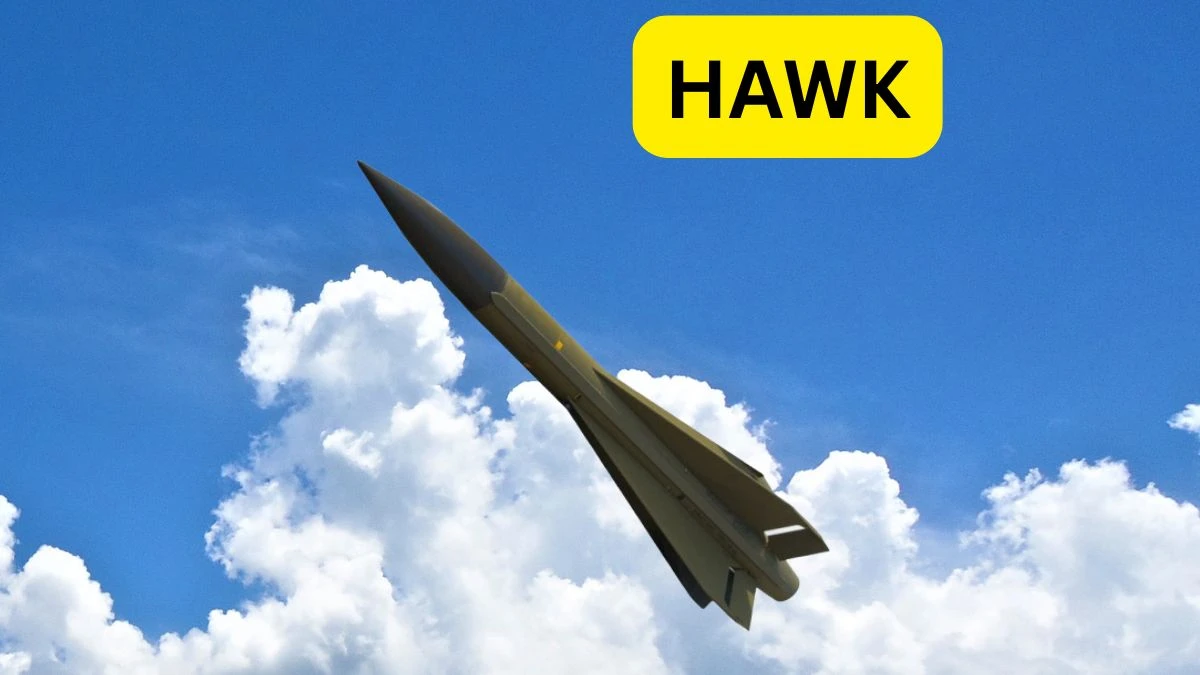
The HAWK (Homing All the Way Killer) missile system, though older technology, remains one of the faster surface-to-air missiles with speeds reaching approximately Mach 2.5 (3,000 km/h). While primarily designed as an anti-aircraft system, its speed capabilities earn it a place on this list.
The HAWK uses semi-active radar homing guidance and has been upgraded numerous times since its introduction in the 1960s. Despite its age, modernized versions remain in service with several countries around the world.
The system's longevity demonstrates the enduring importance of missile speed, even in defensive applications.
9. BrahMos-I (India/Russia) - Mach 3 (3,700 km/h)

While not technically hypersonic, the BrahMos-I deserves mention as one of the world's fastest operational supersonic cruise missiles.
A joint development between India and Russia, the BrahMos can reach speeds of up to Mach 3, or approximately 3,700 km/h.
The missile uses a two-stage propulsion system, with a solid-propellant rocket for initial acceleration and a liquid-fueled ramjet for sustained supersonic cruise.
This configuration allows the BrahMos to maintain high speeds throughout its flight, giving it significant kinetic energy upon impact.
The BrahMos is operational across multiple platforms in the Indian armed forces and has been exported to the Philippines, making it one of the most successful cruise missile programs of the 21st century.
8. X-51A Waverider (USA) - Mach 5.1 (6,200 km/h)
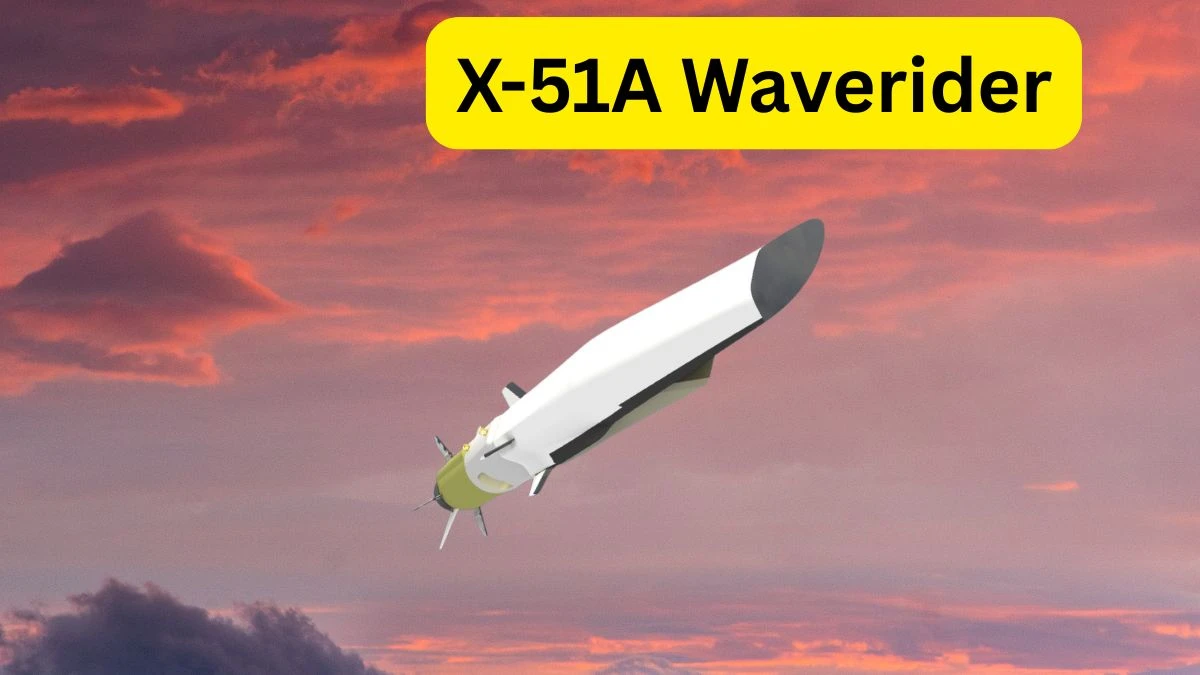
The Boeing X-51A Waverider is an experimental hypersonic vehicle that successfully demonstrated scramjet engine technology in sustained flight.
While not designed as a weapon, the X-51A program has provided valuable data for future hypersonic missile development.
During its final test flight in 2013, the X-51A reached a speed of Mach 5.1 (approximately 6,200 km/h) and flew for about six minutes before deliberately crashing into the Pacific Ocean.
What makes the X-51A significant is its use of a scramjet engine, which allowed it to maintain hypersonic speeds without the need for rocket propulsion.
The technology demonstrated by the X-51A is being incorporated into various hypersonic weapons programs currently under development in the United States.
7. Shaurya (India) - Mach 7.5 (9,200 km/h)

The Shaurya is an Indian canister-launched hypersonic surface-to-surface tactical missile capable of speeds around Mach 7.5 (9,200 km/h). With a range of 700-1,900 kilometers, it represents India's growing indigenous missile development capabilities.
One of the Shaurya's key advantages is its canister-based storage and launch system, which provides it with a longer shelf life and makes it more easily transportable and deployable.
The missile follows a quasi-ballistic trajectory and can maneuver at high speeds during its terminal phase.
The Shaurya is operational with the Indian armed forces and can carry both conventional and nuclear warheads.
6. BrahMos-II (India/Russia) - Mach 8 (9,800 km/h)

The BrahMos-II is a hypersonic cruise missile being developed jointly by India and Russia as a successor to the highly successful BrahMos supersonic cruise missile.
The BrahMos-II is expected to reach speeds of up to Mach 8, or approximately 9,800 km/h.
Like the Zircon, the BrahMos-II will utilize scramjet technology to achieve and maintain its hypersonic speed.
The missile is being designed for multiple launch platforms, including ships, submarines, aircraft, and land-based mobile launchers.
The BrahMos-II remains in development, with a first test flight originally planned for 2024. Once operational, it will significantly enhance India's strike capabilities.
5. Zircon/3M22 Tsirkon (Russia) - Mach 9 (11,000 km/h)
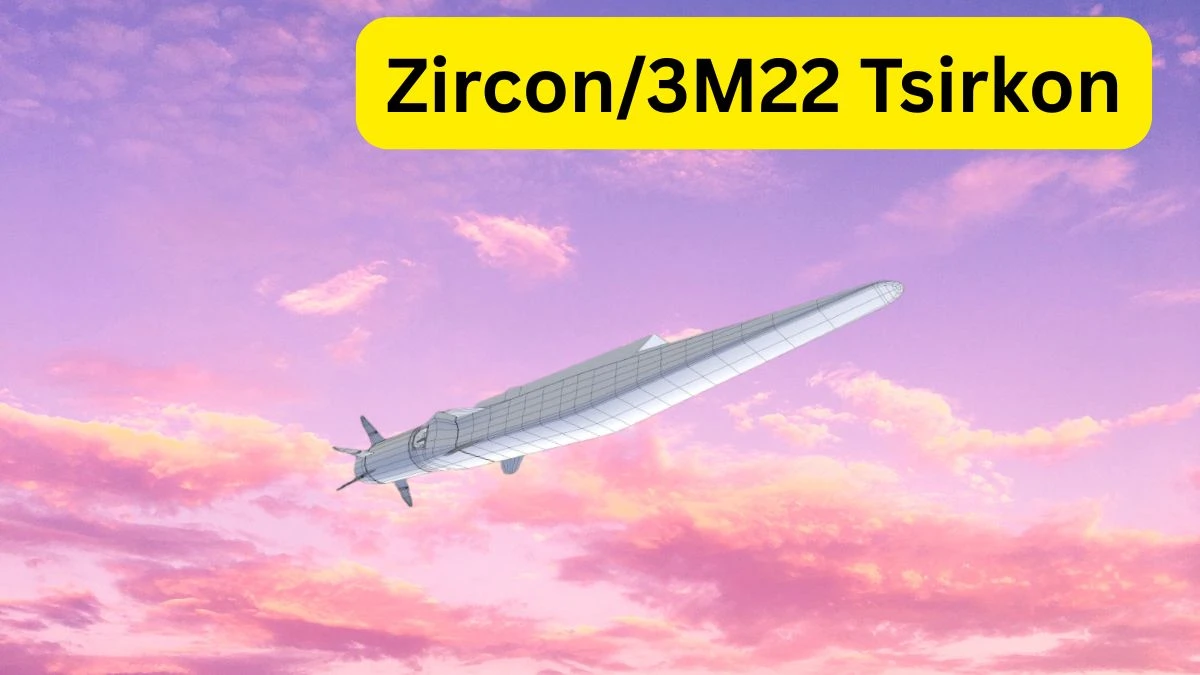
The 3M22 Zircon (or Tsirkon) is a ship-launched hypersonic cruise missile that can reportedly reach speeds of Mach 9, or about 11,000 km/h. Unlike ballistic missiles, the Zircon is powered by a scramjet engine, which allows it to maintain its hypersonic speed throughout most of its flight.
The Zircon is designed to be launched from various naval platforms, including surface ships and submarines, making it a versatile maritime strike weapon. Its high speed and low-altitude flight profile make it particularly difficult to detect and intercept.
Russia has conducted numerous tests of the Zircon, with the missile officially entering service with the Russian Navy in 2022.
4. Kh-47M2 Kinzhal (Russia) - Mach 10 (12,250 km/h)

The Kh-47M2 Kinzhal (meaning "Dagger" in Russian) is an air-launched ballistic missile capable of reaching speeds of up to Mach 10.
The missile is carried by MiG-31K interceptor aircraft or Tu-22M3 bombers, giving it significant operational flexibility.
What sets the Kinzhal apart is its air-launch capability, which effectively extends its range while offering greater deployment options compared to ground-launched systems.
With a reported range of more than 2,000 kilometers and the ability to carry both conventional and nuclear warheads, the Kinzhal represents a versatile addition to Russia's hypersonic arsenal.
Russia announced the weapon's entry into service in December 2017, making it one of the first operational hypersonic missile systems.
3. DF-ZF/WU-14 (China) - Mach 10 (12,250 km/h)
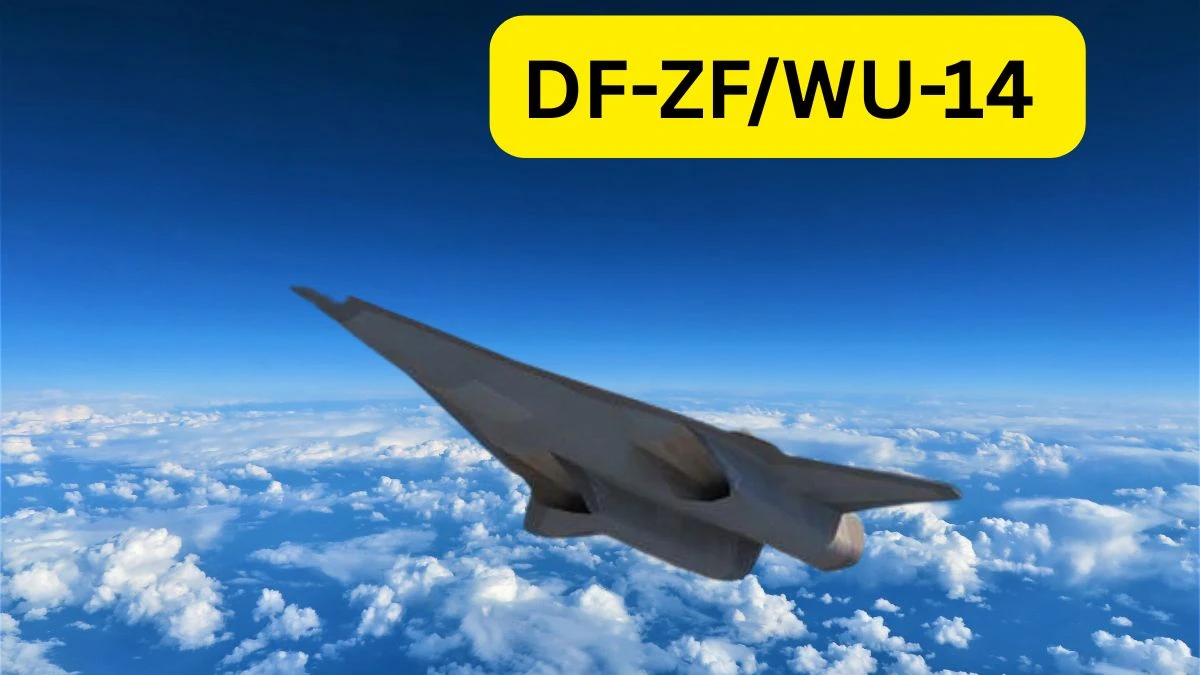
China's DF-ZF (previously known as WU-14) is a hypersonic glide vehicle that can reportedly reach speeds of up to Mach 10, or about 12,250 km/h.
The system is designed to be mounted on a DF-17 ballistic missile, which serves as the boost phase vehicle.
Like other hypersonic glide vehicles, the DF-ZF's main advantage is its maneuverability at high speeds, which makes intercepting it extremely difficult for current missile defense systems.
It follows an unpredictable flight path and can adjust its trajectory throughout its flight.
China has reportedly conducted numerous tests of this system since 2014, demonstrating its commitment to hypersonic weapons technology.
2. AGM-183A ARRW (USA) - Mach 20 (24,500 km/h)
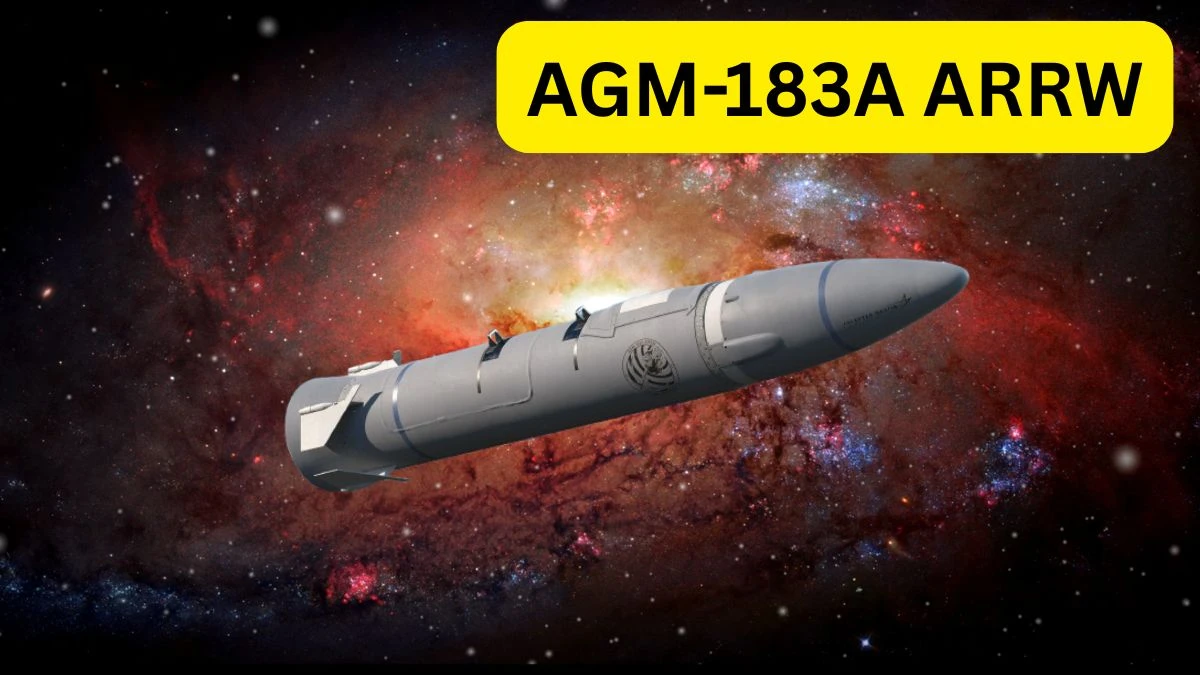
The AGM-183A Air-launched Rapid Response Weapon (ARRW) is the United States' answer to Russia's hypersonic advances.
Developed by Lockheed Martin, this boost-glide hypersonic weapon is designed to reach speeds of approximately Mach 20.
The ARRW is air-launched from a bomber aircraft, after which a rocket booster accelerates it to hypersonic speeds before the glide vehicle separates and continues to the target.
Its primary advantage lies in its speed and maneuverability, which allows it to evade missile defense systems.
While full operational capability is still pending, the weapon represents America's most advanced hypersonic missile program currently in development.
1. Avangard (Russia) - Mach 20+ (24,500+ km/h)
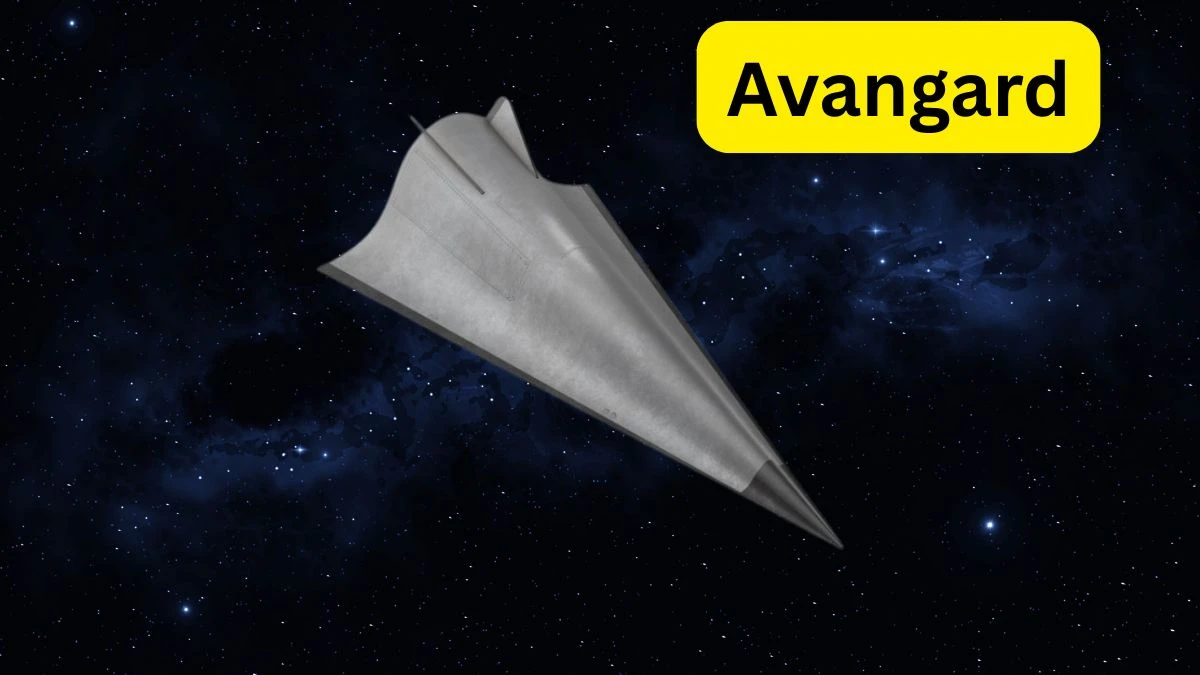
Russia's Avangard hypersonic glide vehicle stands as possibly the fastest missile system currently operational. With an astounding speed exceeding Mach 20 (approximately 24,500 km/h), the Avangard represents a significant milestone in hypersonic technology.
The Avangard is launched atop an intercontinental ballistic missile before separating and gliding toward its target at hypersonic speeds.
What makes this system particularly dangerous is its ability to maneuver during flight, making its trajectory unpredictable for anti-missile defense systems.
Russia declared the system operational in December 2019, making it one of the first deployed hypersonic weapons systems.
The Technology Behind Hypersonic Speed
What allows these missiles to achieve such extraordinary velocities? The answer lies in several key technologies:
- Scramjet Propulsion
Many modern hypersonic missiles utilize scramjet (supersonic combustion ramjet) engines, which can operate efficiently at hypersonic speeds.
Unlike traditional jet engines, scramjets have no moving parts and rely on the high-speed airflow itself to compress incoming air before combustion. This allows them to function at speeds where conventional engines would fail.
- Boost-Glide Systems
Some hypersonic weapons, like the Avangard and DF-ZF, use a boost-glide approach.
These systems are launched by a rocket to high altitude and extreme speeds, after which they separate and glide toward their targets at hypersonic velocities.
Their ability to maneuver during this glide phase makes them particularly difficult to track and intercept.
- Advanced Materials
Hypersonic flight generates extreme temperatures due to air friction. Developing materials that can withstand these conditions while maintaining structural integrity has been a significant challenge in hypersonic missile development.
Advanced ceramics, carbon composites, and specialty alloys are all employed to address these thermal management issues.
- Strategic Implications
The development and deployment of hypersonic missiles have profound strategic implications for global security:
- Compressed Reaction Time
The extreme speed of hypersonic weapons dramatically reduces the time available for detecting, tracking, and responding to an attack.
What might have been a 30-minute warning with traditional ICBMs could be reduced to mere minutes with hypersonic weapons, putting tremendous pressure on early warning systems and decision-makers.
- Missile Defense Challenges
Current missile defense systems are largely designed to counter ballistic missiles, which follow predictable trajectories.
Hypersonic weapons, with their maneuverability and low-altitude flight profiles, can effectively bypass these defenses, potentially rendering billions of dollars in defense infrastructure obsolete.
- Strategic Stability
The introduction of hypersonic weapons could destabilize the strategic balance between nuclear powers.
The compressed reaction times and the potential ability to conduct "decapitation strikes" against command and control systems might increase the pressure to adopt "launch on warning" postures, raising the risk of accidental nuclear war.
- Future Developments
The race for hypersonic supremacy shows no signs of slowing down:
- Global Proliferation
Beyond the United States, Russia, and China, countries like India, France, Japan, and Australia are all pursuing hypersonic technology.
This proliferation suggests that hypersonic capabilities will become increasingly common in advanced militaries over the coming decade.
- Defensive Countermeasures
As hypersonic offensive capabilities advance, so too will defensive technologies. Research is already underway on directed energy weapons, advanced tracking systems, and new interceptor technologies specifically designed to counter the hypersonic threat.
- Speed Barriers
While current hypersonic missiles are pushing the boundaries of what's technologically possible, future developments might see speeds increase even further.
However, physical and engineering challenges, particularly in the areas of materials science and thermal management, may impose natural limits on just how fast these weapons can ultimately go.
World's Fastest Missiles Comparison Table
| Rank | Missile | Country | Type | Speed (Mach) | Speed (km/h) | Status |
|---|---|---|---|---|---|---|
| 1 | Avangard | Russia | Hypersonic Glide Vehicle | 20+ | 24,500+ | Operational |
| 2 | AGM-183A ARRW | USA | Hypersonic Boost-Glide | 20 | 24,500 | Development |
| 3 | DF-ZF/WU-14 | China | Hypersonic Glide Vehicle | 10 | 12,250 | Testing |
| 4 | Kh-47M2 Kinzhal | Russia | Air-launched Ballistic | 10 | 12,250 | Operational |
| 5 | Zircon / 3M22 Tsirkon | Russia | Hypersonic Cruise | 9 | 11,000 | Operational |
| 6 | BrahMos-II | India / Russia | Hypersonic Cruise | 8 | 9,800 | Development |
| 7 | Shaurya | India | Hypersonic Surface-to-Surface | 7.5 | 9,200 | Operational |
| 8 | X-51A Waverider | USA | Experimental Hypersonic | 5.1 | 6,200 | Testing Completed |
| 9 | BrahMos-I | India / Russia | Supersonic Cruise | 3 | 3,700 | Operational |
| 10 | HAWK | USA | Surface-to-Air | 2.5 | 3,000 | Operational |
Missile Technology 101: A Primer for the Mildly Concerned
So, you’ve heard “hypersonic” this and “glide vehicle” that, and now you’re wondering if you missed a chapter in your high school physics book. Don’t worry—you absolutely did.
Here’s a no-nonsense breakdown:
- Mach: A unit of speed relative to the speed of sound. Mach 1 = 1,235 km/h. Mach 10 = “hope your insurance covers atmospheric incineration.”
- Cruise Missile: Flies like a slow jet. Low altitude. Precision strikes. Your basic stealthy assassin.
- Ballistic Missile: Basically a space tourist. It flies into the upper atmosphere, then gravity does its dirty work.
- Hypersonic Glide Vehicle (HGV): These bad boys get launched high and then surf the atmosphere back down, dodging missile defenses like a heat-seeking ninja.
- Boost-Glide System: Rocket-propelled to stupid altitudes, then the glide vehicle takes over. Think Olympic javelin but with a personality disorder.
Why Speed Matters in Missile Design?
Speed in missiles isn’t about style points (although let’s be honest—it is cool). It’s about outpacing the enemy’s ability to:
- React
Fast missiles compress the decision window from “minutes” to “moments.” The enemy can’t launch a counterstrike if they’re still figuring out where their coffee mug went.
- Intercept
Missile defense systems are notoriously twitchy. Add Mach 10 to the equation, and those systems start sweating bullets they can’t even catch.
- Detect
Radar and satellite detection struggle when the object in question is moving at face-melting speeds and dancing through the atmosphere like it owns the place.
Basically, speed isn’t just a feature—it’s the ultimate flex. It's like saying, “By the time you see me, you’ll already be a cautionary tale.”




















































